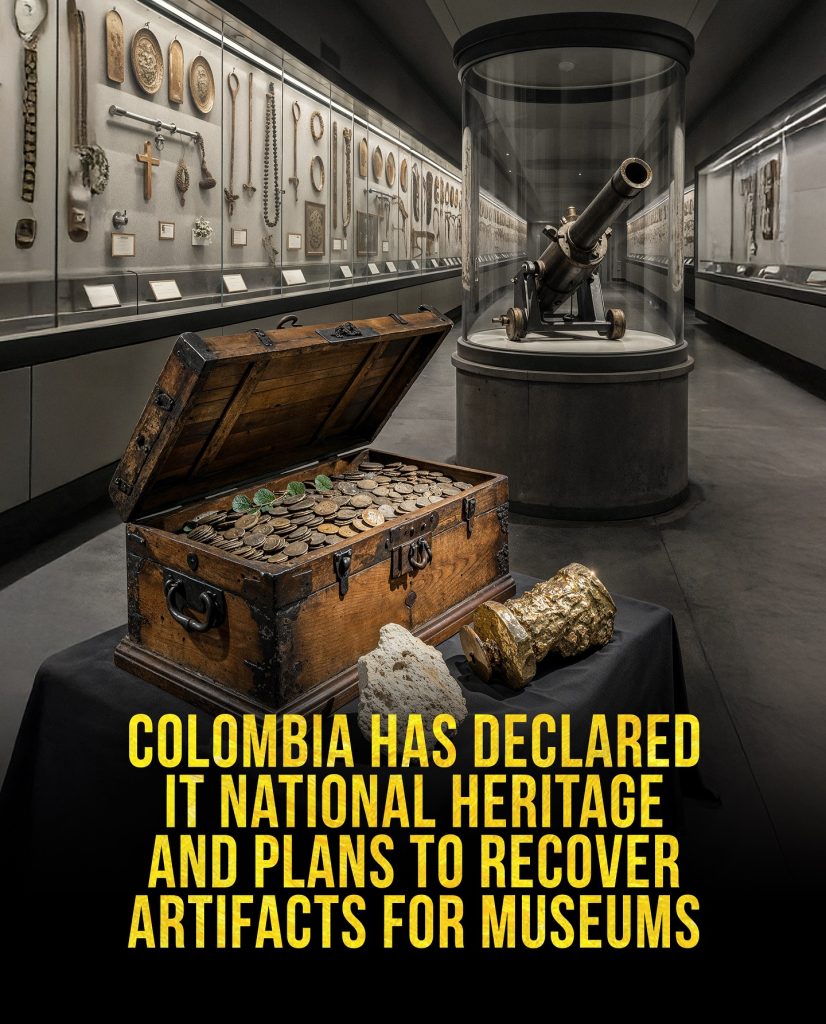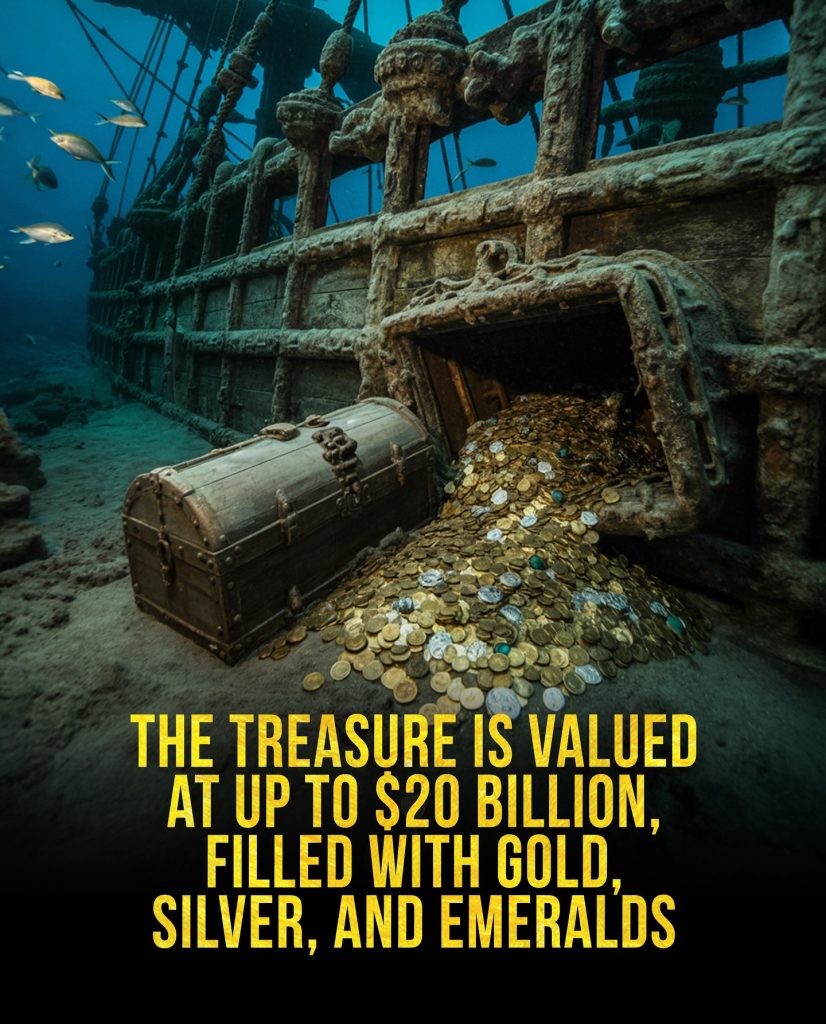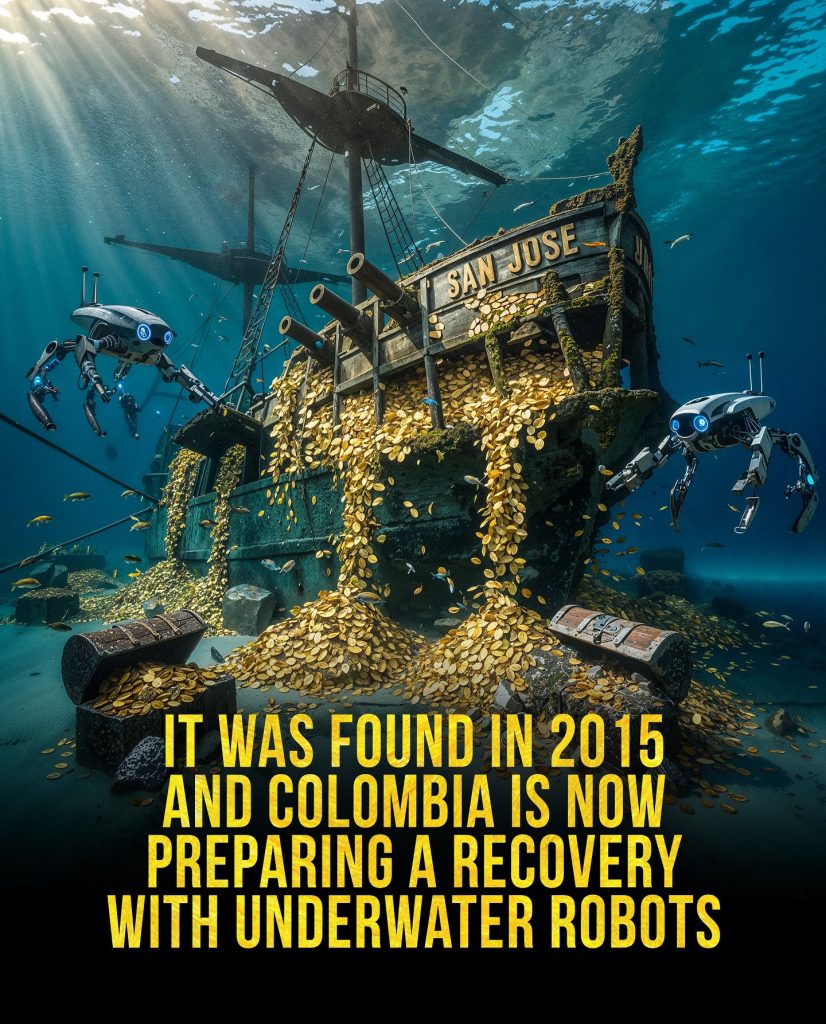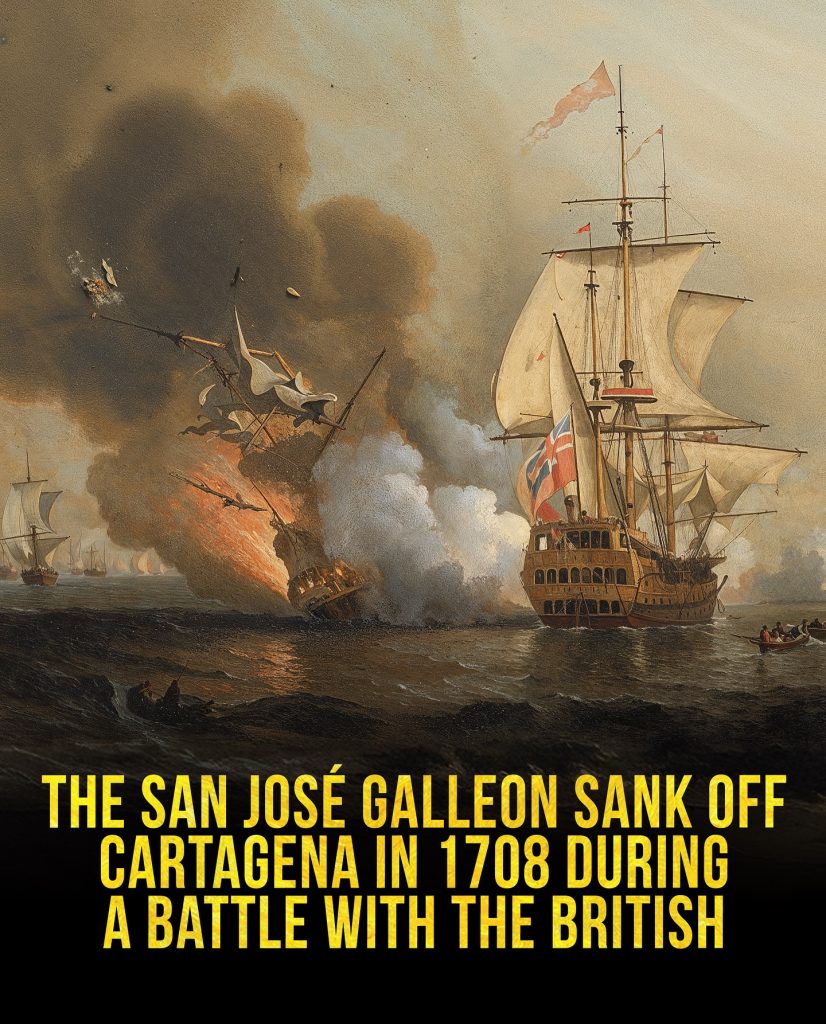The Story of the San José Galleon: How Colombia Plans to Recover a 1708 Shipwreck Worth $20 Billion
Colombia to Recover a Sunken Ship From 1708 With $20 Billion in Treasure
Now, more than 300 years after it sank, Colombia is preparing to recover the San José. The mission will be one of the most ambitious underwater archaeology projects ever attempted. Officials emphasize that this is not about grabbing treasure but about preserving history. The recovery will allow scientists to study the artifacts, restore them, and display them in museums.
This effort highlights Colombia’s commitment to protecting its heritage. By investing in scientific recovery rather than commercial salvage, the country ensures that the San José’s story will be told in full. Visitors to Cartagena and beyond may one day see the treasures with their own eyes, learning not just about wealth but about the people, battles, and histories tied to the ship.
Colombia Has Declared It National Heritage and Plans to Recover Artifacts for Museums

The Colombian government made a landmark decision when it declared the wreck of the San José galleon as national heritage. This meant the treasure was no longer to be treated as private wealth or a commodity to be auctioned off. Instead, it was protected under cultural heritage law, ensuring that every artifact recovered would belong to the people of Colombia. From coins and cannons to jewelry and personal belongings, everything found is destined for museums, where future generations can learn from it.
By declaring the site a heritage zone, Colombia also shielded it from international claims and commercial looting. The aim is not to divide or sell the treasure but to preserve it in the same way other countries guard their archaeological treasures. The San José represents a window into the past, and Colombia intends to treat it as such.
The Treasure Is Valued at Up to $20 Billion, Filled With Gold, Silver, and Emeralds

The San José was one of the most valuable ships ever lost at sea. It was carrying immense wealth—tons of gold and silver coins, as well as emeralds from Colombian mines. Today, experts estimate that its cargo could be worth up to $20 billion, making it the richest shipwreck in the world.
But beyond the staggering numbers, the cargo tells a deeper story. These treasures were not simply currency but also cultural artifacts that can reveal much about Spain’s colonial empire. Each coin was minted by hand, each emerald cut with the technology of the time. Together, they paint a picture of a global trade system that stretched across continents in the early 1700s.
It Was Found in 2015 and Colombia Is Now Preparing a Recovery With Underwater Robots

The wreck of the San José remained a mystery for centuries until it was finally located in 2015. Using advanced sonar and imaging technology, a Colombian team identified the ship resting about 600 meters below the surface. At such a depth, human divers cannot work safely, so Colombia has turned to cutting-edge underwater robots.
These robots will map the site, photograph artifacts, and carefully retrieve select items. Their precision allows archaeologists to recover objects without damaging them, something that is essential in preserving fragile pieces after centuries underwater. This modern technology ensures that recovery is not rushed or reckless but conducted with the care that history deserves.
The San José Galleon Sank Off Cartagena in 1708 During a Battle With the British

The story of the San José is rooted in war. In 1708, during the War of Spanish Succession, the galleon was part of a fleet transporting treasure from the Americas back to Spain. Off Cartagena, it encountered a British squadron. A battle erupted, cannons thundered, and in the chaos, the San José exploded and sank. Nearly 600 crew members perished, along with the ship’s enormous cargo.
This tragic event not only marked a major loss for Spain but also became part of naval history. The San José came to symbolize the risks of empire and the high stakes of colonial warfare. For centuries, it remained hidden, a ghost of a battle long past, waiting to be rediscovered.
